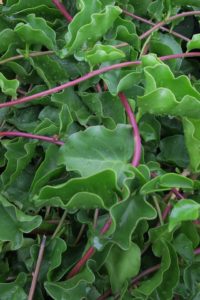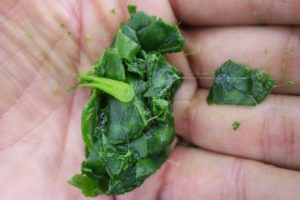Chinese Herbs Series 01
藤三七
Teng San Qi
_________________________________________________


Teng San Qi (Anredera cordifolia) is also called Shao Nian Yao [小年药] ‘Young Years Medicine‘, and Shang San Qi [上三七], ‘Upper Three-Seven’. It is native to Jiangsu, Zhejiang, Fujian, Sichuan, Guizhou, Yunan and other areas such as New Zealand. Teng San Qi literally translates as ‘Vine-Three-Seven‘ and is not to be confused with the unrelated Chinese medicine San Qi -Radix Notoginseng. The medicinal part are the dried bulbils on the vine, which are described as tumour-like pearl sprout [瘤块状珠芽]. Its Qi is warm and its flavour slightly bitter.
Its functions are to tonify the Kidneys and strengthen the lumbar region, to disperse stagnation and to eliminate swelling. This is made evident by the leaves which are when crushed rather sticky and stringy.

The herb’s main indications are for sore and weak lumbus and knees, for deficiency after illness, for traumatic injuries and bone fractures. In current practice in China in mainly finds use in traumatology, wind-dampness caused diseases [rheumatism], digestive tract bleeding and chronic illness with lumbar pain.
A simple medicinal alcohol formula for rheumatism is as follows:
Teng San Qi 50g, Nan She Teng [南蛇藤] (Celastrus scandens Thunb.) 10g, Shui Ma Liu [水麻柳] (Debregeasia saeneb)30g, to be soaked in alcohol (high percentage) to be ingested. (There is no quantity or frequency given).
PS: The leaves of the vine can be fried in oil, not for medicinal purposes but for culinary.
